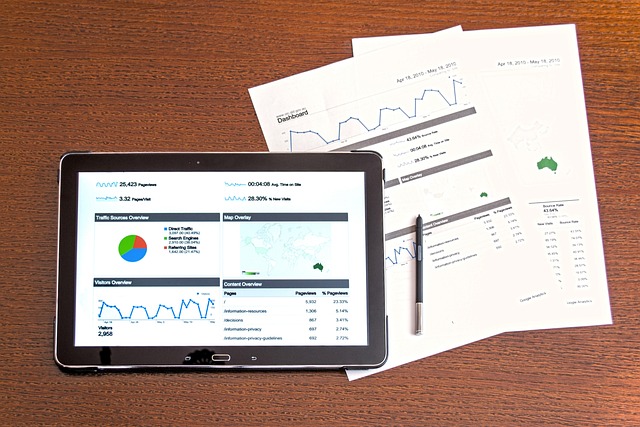AI business predictive analytics solutions, powered by machine learning, transform decision-making across industries, from sales to inventory management. A standout application is AI kitchen-to-table timing monitors in restaurants, tracking customer behavior from ordering to payment. These monitors optimize staffing, minimize wait times, and enhance satisfaction through precise predictions based on historical data, ultimately driving revenue growth and loyalty. By integrating AI analytics platforms, training models with relevant data, and refining algorithms, businesses can leverage these monitors for accurate, adaptable predictive analytics in a dynamic market.
In today’s competitive business landscape, predictive analytics powered by AI is transforming operations. Understanding AI business predictive analytics solutions isn’t just about embracing technology; it’s a strategic move towards data-driven decision-making. This article explores the intricacies of these solutions, with a special focus on AI kitchen-to-table timing monitors. We’ll delve into their benefits, implementation strategies, and how they can optimize your business processes, ensuring precise predictions for improved performance.
- Understanding AI Business Predictive Analytics Solutions
- The Role of AI Kitchen-to-Table Timing Monitors
- Benefits and Implementation Strategies for Your Business
Understanding AI Business Predictive Analytics Solutions

AI business predictive analytics solutions are transforming how companies make data-driven decisions, from forecasting sales trends to optimizing inventory management. These advanced systems leverage machine learning algorithms and vast datasets to identify patterns and insights that human analysts might miss. By integrating AI into their operations, businesses can achieve unparalleled precision in predictions, enabling them to stay ahead of the competition.
One prominent application of AI predictive analytics is the use of kitchen-to-table timing monitors. These solutions track and analyze customer behavior throughout their dining experience, from ordering to payment. This real-time data helps restaurants optimize staffing levels, reduce wait times, and enhance overall customer satisfaction. By understanding how long each step takes, businesses can fine-tune their processes, ensuring a seamless experience for every guest, which ultimately contributes to increased revenue and customer loyalty.
The Role of AI Kitchen-to-Table Timing Monitors

AI kitchen-to-table timing monitors are transforming the way businesses optimize their operations, from recipe planning to service delivery. These innovative solutions leverage advanced algorithms and machine learning to track every step of the culinary journey, from meal preparation in the kitchen to serving time at the table. By analyzing vast datasets, including ingredient availability, cooking times, and customer ordering patterns, AI monitors can predict dish readiness and optimize wait times, ensuring a seamless dining experience.
This technology goes beyond efficiency; it enhances menu planning by identifying popular dishes and predicting future trends. Businesses can use these insights to adjust their inventory, reduce waste, and increase profitability. Moreover, real-time monitoring enables staff to focus on customer service while the AI ensures meals are served at the perfect moment, creating a dynamic and satisfying restaurant atmosphere.
Benefits and Implementation Strategies for Your Business

AI business predictive analytics solutions offer a game-changing approach to optimizing operations and enhancing decision-making processes. By leveraging machine learning algorithms, companies can gain valuable insights from historical data, enabling them to predict future trends and outcomes with remarkable accuracy. This proactive strategy is particularly beneficial in fast-paced industries where staying ahead of the competition is crucial.
One innovative application of AI is the implementation of kitchen-to-table timing monitors. These advanced systems track and analyze various stages of a customer’s journey, from initial order placement to final delivery. By monitoring these processes, businesses can identify bottlenecks, optimize resource allocation, and enhance overall efficiency. Implementing such strategies involves integrating AI analytics platforms with existing systems, training models on relevant data, and continuously refining algorithms based on real-world performance. This ensures that predictive analytics remain accurate and adaptable, driving business success in an ever-evolving market.
AI business predictive analytics solutions, particularly AI kitchen-to-table timing monitors, are transforming operations by offering precise insights and enhanced efficiency. These tools not only optimize resource allocation but also improve customer satisfaction through faster service times. By implementing AI analytics strategies, businesses can streamline processes, make data-driven decisions, and stay competitive in today’s dynamic market. Remember that leveraging AI kitchen-to-table timing monitors is a game-changer, ensuring your business stays ahead of the curve.
